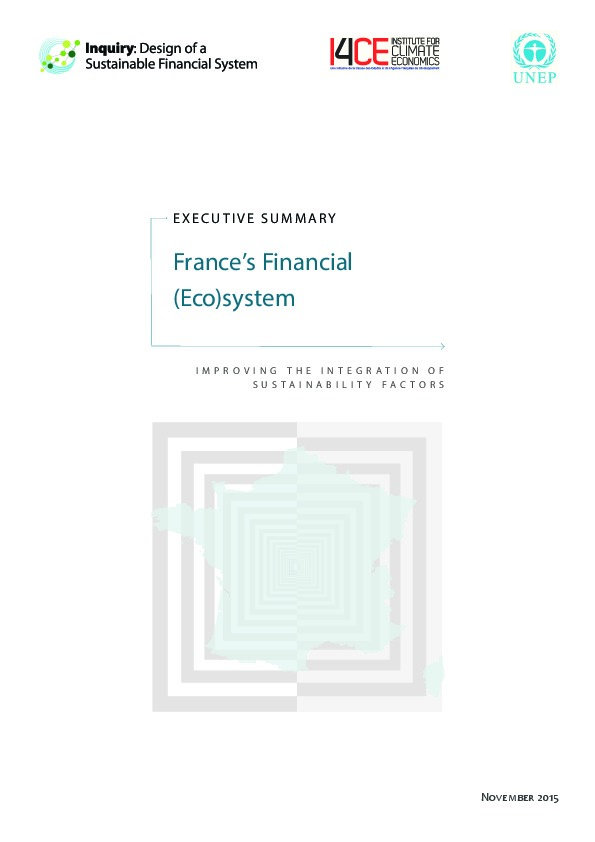 Executive Summary – France’s Financial (Eco)system – Improving the integration of sustainability factors
Download
Executive Summary – France’s Financial (Eco)system – Improving the integration of sustainability factors
Download
-
12/12/2025
Blog post
Foreword of the week
Paris +10: France and Europe must step up on climate – to protect our security, sovereignty, competitiveness, and public finances
How distant December 12, 2015 now seems. All delegations at COP21 had then rallied behind Laurent Fabius’s little green hammer. Ten years later, the trend is closer to backlash. Climate action is now often portrayed in the public debate as too costly, because it requires major investment. Ineffective, since our share of global emissions is small. Unfair, because it cuts into purchasing power. Too divisive, supported only by part of the electorate. Too late, since keeping the planet below +2°C of warming now seems out of reach. Arguments that are partly true—yet require substantial nuance.
-
12/11/2025
Blog post
Climate finance at COP30: Progress, pitfalls, persistent challenges and the path ahead
A few weeks ago, COP30 concluded in Belém with all parties agreeing on a “global mobilization” (or mutirão) against climate change, proving that multilateralism remains a viable path for action, despite strong geopolitical and economic headwinds. However, Belém delivered underwhelming results: no roadmap to transition away from fossil fuels –despite a powerful push from President Lula, rallying over 80 countries, a lack of concrete decisions on deforestation –disappointing for an “Amazon COP”, and mixed results on the global goal on adaptation, among other outcomes.
-
12/05/2025
Foreword of the week
Maintaining the 2035 target: Ensuring a viable future for Europe’s automotive industry
In the run up to the publication of the European Commission’s proposals for an automotive package on 10 December, car manufactures have stepped up the calls to relax the CO2 standards and the 2035 phase-out of new combustion-engine vehicles by including some flexibilities. They highlight the challenges the industry has faced in recent years, growing competitive pressure from China, and insufficient demand for electric vehicles in Europe as reasons for the sector needing more time for the transition required to meet the targets.